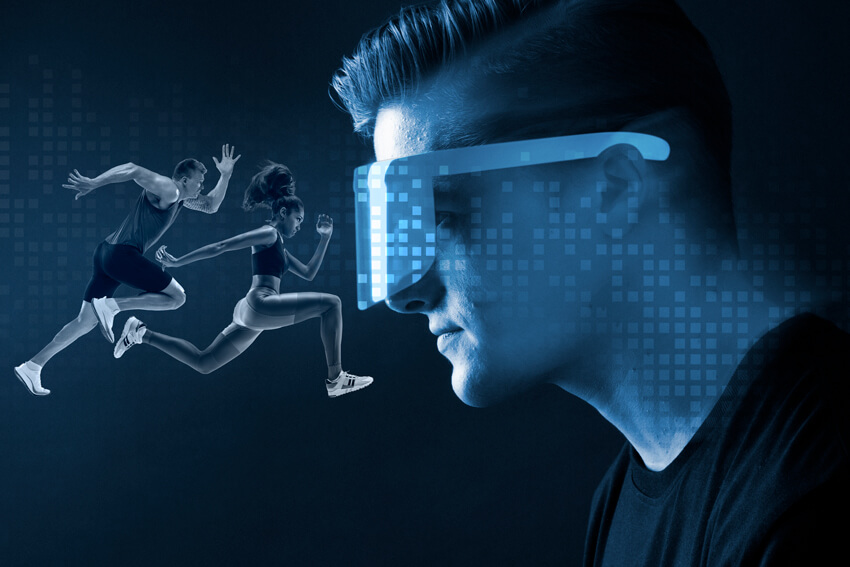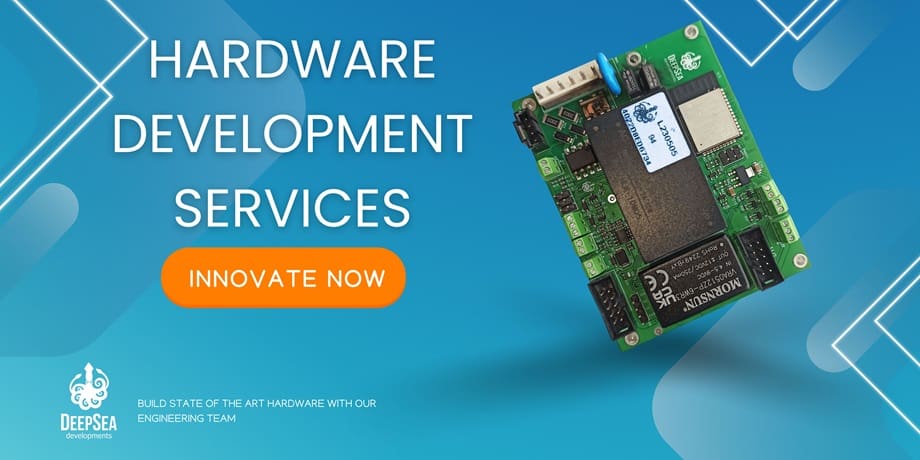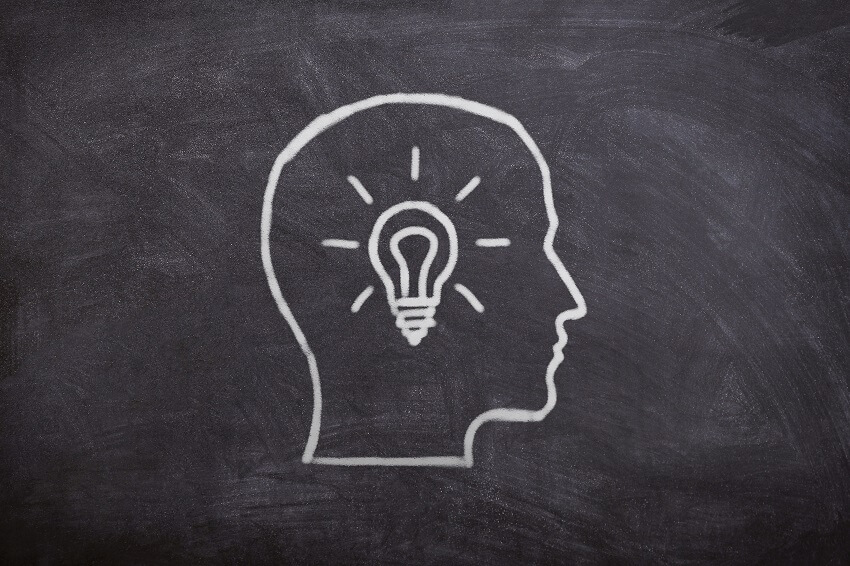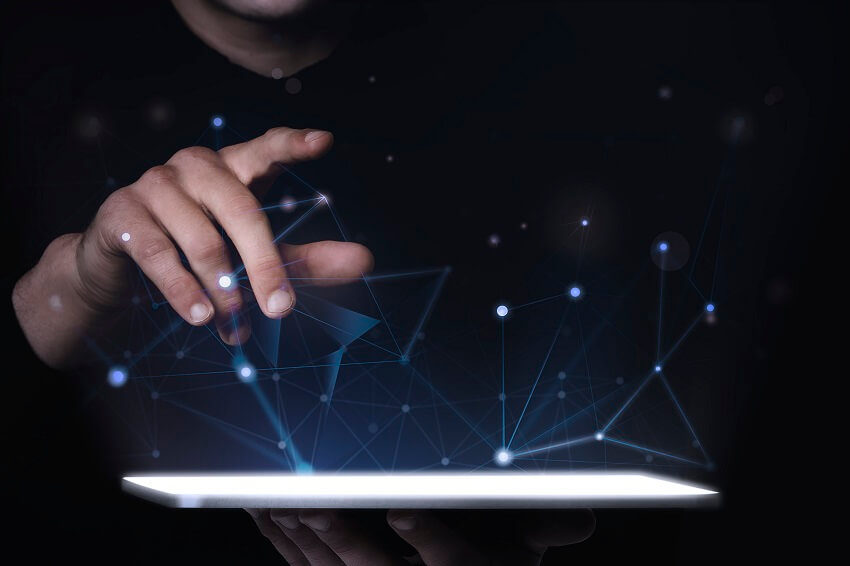Throughout the years, IoT has been growing thanks to new technologies and their adoption in different contexts: health, home appliances, industry, and agriculture. Now, sports are witnessing a new era in the deployment of IoT devices. Know here 5 new benefits of IoT for sports events that will transform its dynamics.
Apart from the different IoT devices examples we can see in the market and that are making life easier, people are more involved in sports, since they provide entertainment, constant action, and foster conversation around this topic. However, this experience has been almost the same for a long time.
Electronic product builders realized there could be new approaches to sports events by using new technologies. That’s why the winter Olympic games of Beijing are a big sample of how sports can become even more interesting through IoT.
1. Vital signs measurement thanks to Internet of Things
Through wearable thermometers, athletes in the winter olympics of Beijing 2022 can get better information about their bodies. Body temperature, heart rate, blood flow, hydration, among others.
If you wonder how the Internet of Things is helpful in sports, imagine a bad performance of an athlete in the middle of the competition. Now, with the use of IoT in sports, sensors can provide useful information to understand what happened and what can be done to help the athlete perform better.
Lung functions and cardio can also be analyzed because athletes wear IoT devices in sports. If there is an anomaly in the middle of the competition, timely actions can be taken to prevent an injury or worse.
IoT sports equipment may not be approved in all sports events, but it is something that will surely be adopted in the upcoming years, since its integration may save the lives of many athletes.
2. Action filming from different angles
Do you want to keep sports interesting? Find new ways to show different angles. For example, drones are a great ally in the winter olympics. They can record the action of the different events with ease without interrupting the athletes.
The audience will enjoy the action presented from different perspectives. Also, the footage taken allows getting new IoT sports analytics that can be analyzed in real-time by specialists in the field.
3. Better accuracy in data collecting
Many years ago, statistics weren’t easy to gather. The moment two runners crossed the finish line could be exciting or controversial, and the cameras didn’t have the high resolution they do now.
Omega is one of the sponsors of the winter olympic games. They presented improved technology for measuring the action of the athletes with higher precision; better said, at a quantum level. A quantum timer is being used at the winter olympics to gather precisely the times each athlete takes to perform an action: complete a lap, crossing the finish line, and long jumps in the air. This technology is an enhancement of the version presented at the 2012 London Games.
We could also mention some sensors that can be set in different places. They combine image tracking, AI, motion sensing, and positioning technologies. These are even great allies for fitness monitoring.
4. IoT in sports generates new dynamics
Among the benefits of IoT for sports events, we think this is the most interesting. A team of inventors from Harbin Institute of Technology developed a robot that can play curling. But that’s not all, this robot can use AI, and image recognition to advise the curling team about how to improve the plays on the ice.
Smart robots are still in the early stages, but the potential is huge. Imagine a future where robots can analyze the statistics, environment conditions, data records, and current performance of the players to give suggestions on how to increase the odds of winning a game.
This may sound like sci-fi or impossible to adopt, but if there can be more sports efficiency through IoT, it is likely that smart robots will be embraced more and more by the organizers of the different sports events.
5. Performance improvement
Vital signs measurement, action filming from different angles, better accuracy in data collecting, and new sports dynamics. All these benefits of IoT for sports events will surely bring a last one, performance improvement of the athletes.
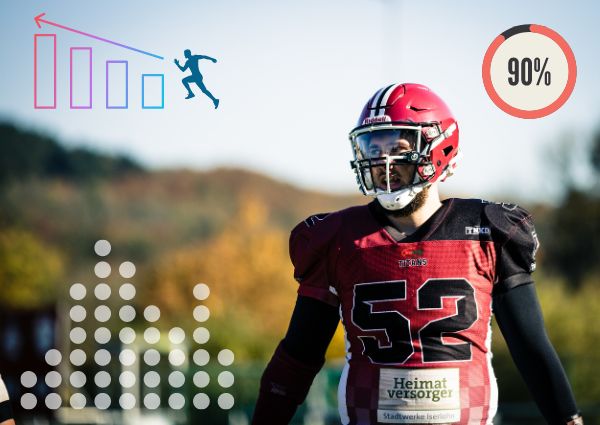
Why? Because everything that can be measured is likely to be improved. If IoT devices allow an athlete to find out his lungs are weak, he and his personal trainer may work on specific strategies to strengthen them; a new diet or physical exercises. Of course, this triggers a better performance of the athlete in the middle of a competition. Also, the help from smart robots and the data collected from previous events will improve the confidence of the athlete to achieve better results.
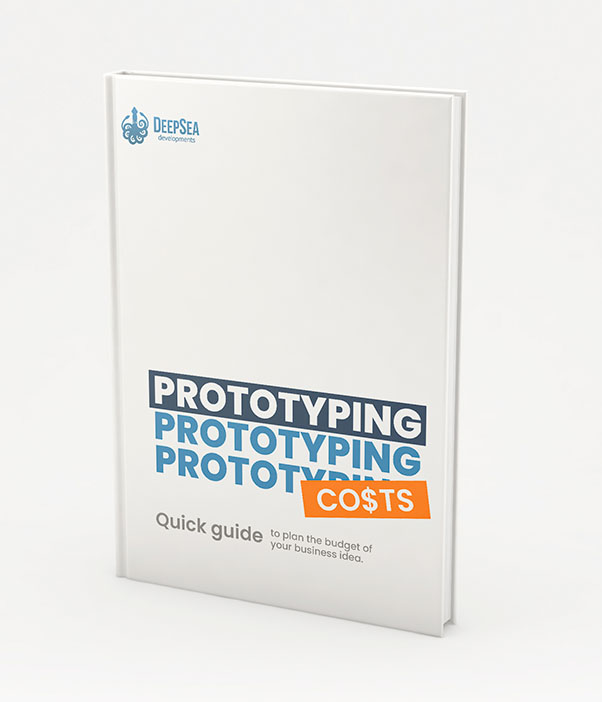
Get our quick guide for planning the budget of your prototype
IoT solutions for sports
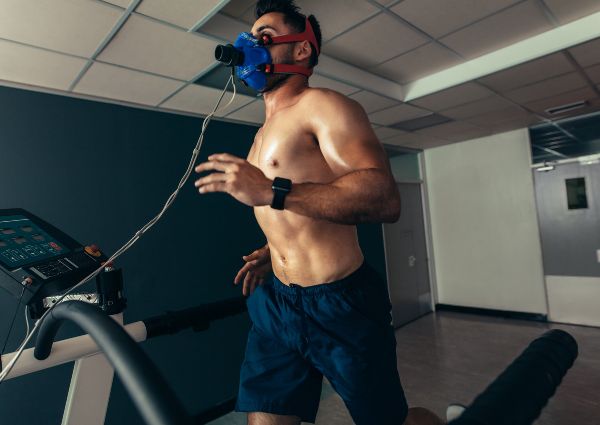
In recent years, numerous sports organizations and athletes have embraced IoT solutions, revolutionizing the way sports events are conducted. Let’s delve into some real-world examples and case studies to illustrate the practical applications of IoT in the world of sports:
Wearable technology in soccer
Soccer clubs worldwide have adopted wearable devices for players to monitor key metrics during training and matches. GPS-enabled trackers, embedded in jerseys or worn as armbands, collect data on players’ movements, distance covered, and intensity of physical activities.
This wealth of information aids coaches in tailoring training regimes, preventing injuries, and optimizing performance. Major football leagues, including the English Premier League and La Liga, have integrated such technologies to gain a competitive edge.
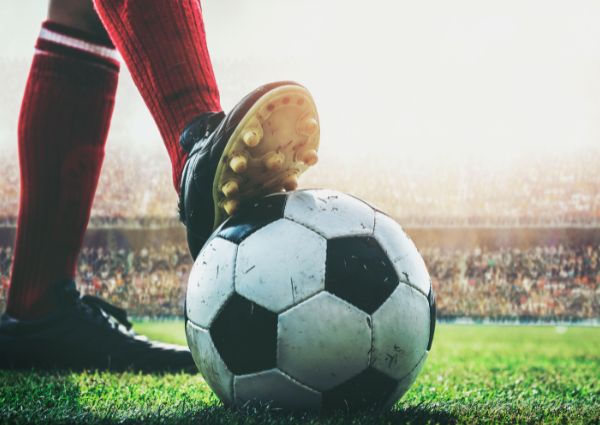
Smart basketball courts thanks to IoT sports
The NBA has been at the forefront of incorporating IoT into its game dynamics. Smart basketball courts equipped with sensors and cameras capture real-time data on player movements, ball trajectory, and team strategies.
For instance, Stephen Curry, the star of Golden State Warriors uses a lot of technology to enhance his shooting skills. He has been training over the years with different sensors and strobe technology. Strobe lights are commonly used in sports photography, scientific research, and manufacturing processes where rapid motion needs to be captured with precision.
Curry uses special glasses to capture these lights as fast as possible and improve his dribbling and reaction skills. You can see in this video a short analysis of his capabilities thanks to his hard work:
This data collected from IoT sport devices is then analyzed to provide insights into player performance, game strategies, and tactical enhancements. The utilization of IoT in basketball not only offers a richer viewing experience for fans but also assists coaches and players in refining their skills.
Connected tennis rackets
Tennis players are now leveraging IoT in sports through connected rackets that capture data on every stroke, spin, and impact. These smart rackets provide players with detailed analytics about their playing style and performance on the court.
By analyzing this data, athletes can identify areas for improvement, adjust their techniques, and refine their game strategies. Tennis tournaments have witnessed the integration of such technology, showcasing how IoT enhances the sport from both a player development and spectator perspective.
IoT Solutions in athlete health monitoring
Various sports leagues and organizations prioritize the health and well-being of athletes through IoT-enabled health monitoring devices. For instance, in American football, players wear smart helmets equipped with sensors that measure the force and impact of collisions.
This data helps medical professionals assess potential injuries, providing timely intervention to protect players’ long-term health. Such innovations exemplify how IoT contributes not only to performance optimization but also to athlete safety.
Smart golf equipment
Golf, traditionally known for its reliance on precision and technique, has embraced IoT in the form of smart clubs and golf balls. Sensors embedded in clubs analyze the golfer’s swing, providing real-time feedback on factors such as swing speed, angle, and impact. This data assists golfers in refining their techniques and making more informed decisions on club selection. Additionally, smart golf balls equipped with GPS technology enable players to track the trajectory and distance of each shot, enhancing the overall golfing experience.
These real-world examples underscore the transformative impact of IoT in sports, showcasing how innovative technologies are reshaping training methods, refining strategies, and elevating the overall sports experience for athletes and fans alike.
As the sports industry continues to embrace technological advancements, the integration of IoT solutions is set to become even more prevalent and influential.
As you can see, IoT in sports is becoming a big game-changer. It is just a matter of time to see device innovations that will adapt to different sports scenarios and disciplines.
Some companies are working on new devices (see PoC examples), developing IoT products for sports, and others are updating IoT devices that are already being used in this market.
What other benefits do you think the Internet of Things will bring to sports events? What do you think about the role of electronic product development in this area?
If you need to design and build new Internet of Things devices for sports, you can schedule a free consultation with our team and we will help you out.

